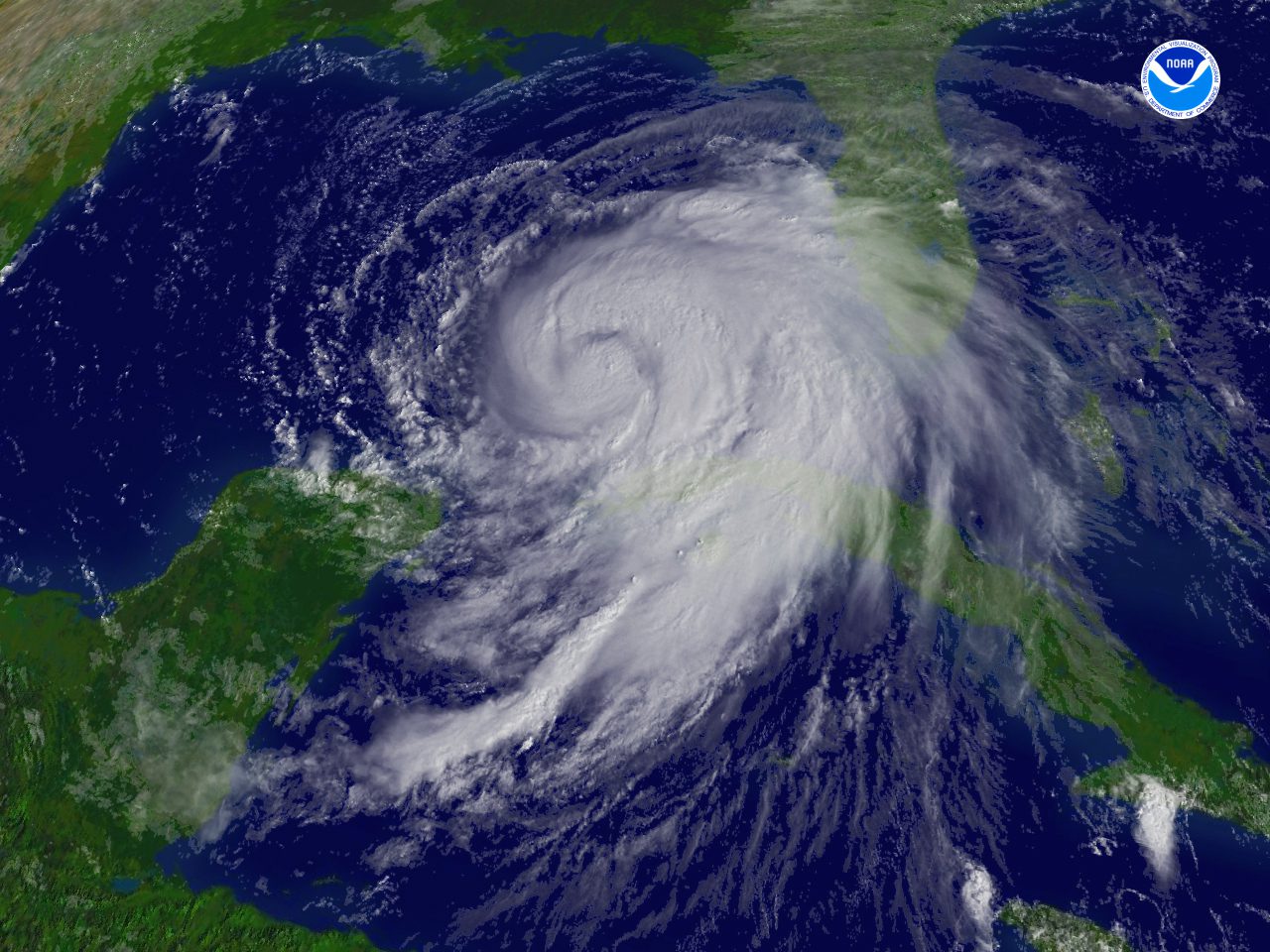Super Typhoon Fung-Wong Makes Philippine Landfall
By Neil Jerome Morales Nov 9, 2025 (Bloomberg) –Super typhoon Fung-Wong hit the Philippines’ northeast late on Sunday with 185 kilometers per hour (115 miles per hour) winds and gusts of...

Is it really that time of year again? Earlier today NOAA issued its initial outlook for the 2009 Atlantic hurricane season, which runs from June through November.
The outlook calls for a 50 percent probability of a near-normal season, a 25 percent probability of an above-normal season and a 25 percent probability of a below-normal season. Global weather patterns are imposing a greater uncertainty in the 2009 hurricane season outlook than in recent years. Forecasters say there is a 70 percent chance of having nine to 14 named storms, of which four to seven could become hurricanes, including one to three major hurricanes (Category 3, 4 or 5).
An average season has 11 named storms, including six hurricanes with two becoming major hurricanes.
Shaping this seasonal outlook is the possibility of competing climate factors. Supporting more activity this season are conditions associated with the ongoing high-activity era that began in 1995, which include enhanced rainfall over West Africa, warmer Atlantic waters and reduced wind shear. But activity could be reduced if El Nino develops in the equatorial Eastern Pacific this summer or if ocean temperatures in the eastern tropical Atlantic remain cooler than normal.
NOAA also wants to remind everyone that they should “repare for each and every season regardless of the seasonal outlook. Even a near- or below-normal season can produce landfalling hurricanes, and it only takes one landfalling storm to make it a bad season.” NOAA scientists also continue to monitor evolving conditions in the tropics throughout the hurricane season and will issue an updated hurricane outlook in early August, just prior to what is historically the peak period for hurricane activity.
READ: NOAA Issues Atlantic Hurricane Season Outlook, Encourages Preparedness

Sign up for gCaptain’s newsletter and never miss an update

Subscribe to gCaptain Daily and stay informed with the latest global maritime and offshore news
Essential news coupled with the finest maritime content sourced from across the globe.
Sign Up